If you don't care if it is venomous, still feel free to leave comments or contact me as directed below. You may look at the pictures under the Reptiles tab to try and figure out what snake you have seen.
Michigan Venomous Snakes
Michigan only has one species of venomous snake. That is one species out of the eighteen snake species that call Michigan home. It is the eastern massasauga rattlesnake (Sistrurus catenatus). Unfortunately, due to habitat loss, road mortality and persecution, the massasauaga rattlesnake is listed as a species of special concern and can only be found in very specific locations in the state. These snakes are small, and very secretive. It is highly unlikely that most Michiganders will ever encounter these animals. They are also not present at all in the Upper Peninsula.
Here are some general rules for identification when you are looking at a snake in front of you. These rules only apply to Michigan and snakes that can be found in the wild.
1. Vertical pupil vs round pupil - Massasauga Rattlesnakes have vertical, cat-like, pupils. Michigan's nonvenomous snakes do not. Again, outside of Michigan, there are snakes that do not follow these rules.
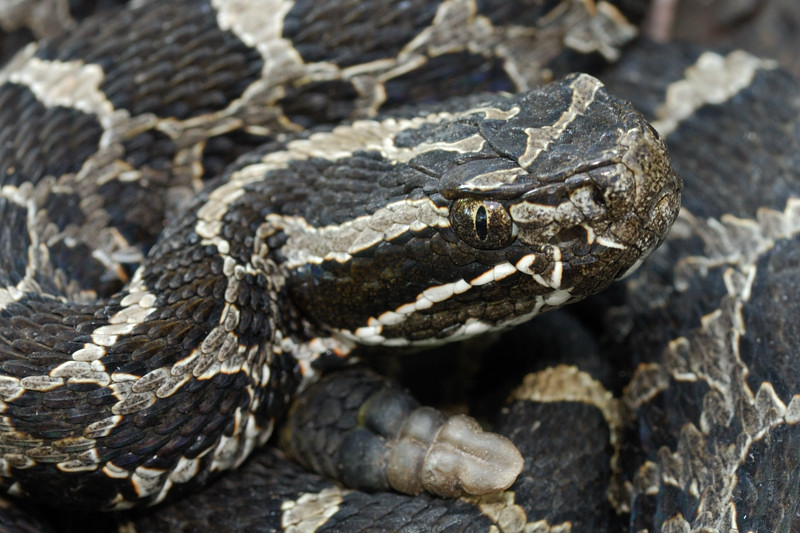 |
| Massasauga Rattlesnake |
2. Presence of a facial pit - The Massasauga Rattlesnake is a pitviper. They have a heat-seeking pit that helps them localize their prey. The are ambush predators, and will sit and wait for a small rodent to run by, sometimes at night, and their pits help them hunt. Michigan's nonvenomous snakes do not have these heat-seeking pits.
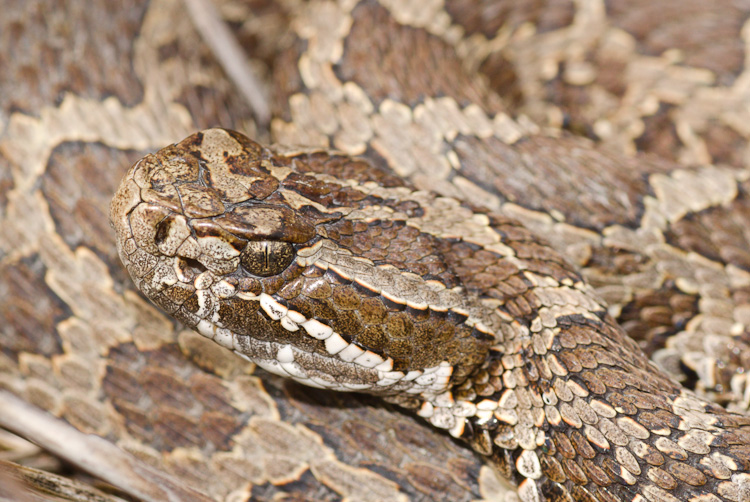 |
| Massasauga Rattlesnake |
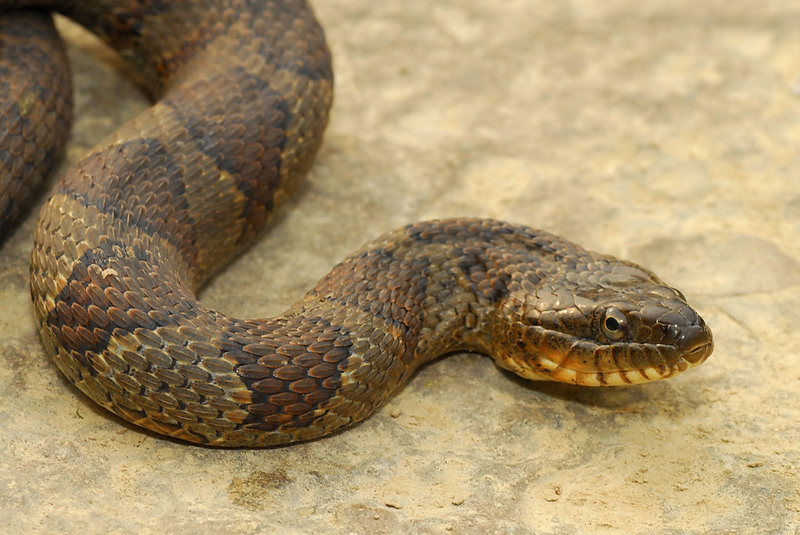 | ||
| Northern Watersnake, nonvenomous - note the lack of a vertical pupil or pit |
4. Presence of rattle - The Massasauga Rattlesnake has a rattle that produces a loud noise. I will be sure to record one soon as well for you to listen to. This trait is not as easy as it seems, as most other nonvenomous snakes will rattle their tails in leaves to mimic the rattling sound. Also, young rattlesnakes just have one segment of rattle, or a button, and their tails will not make noise. If you see a rattle, or hear a rattle, it is best to just walk away.
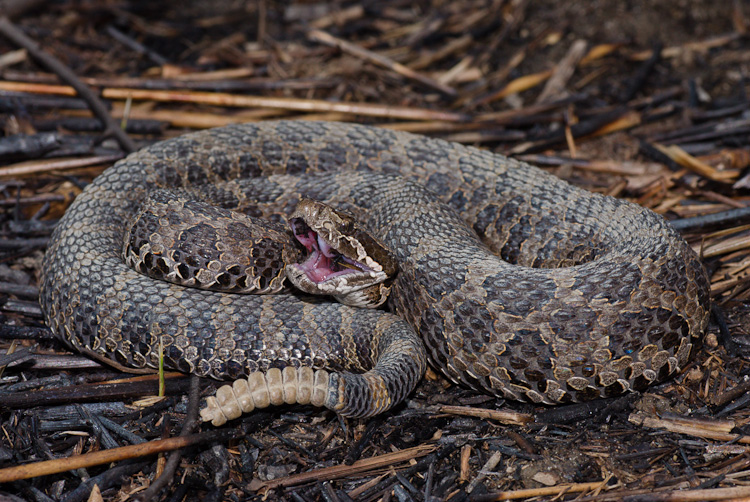 |
| Massasauga Rattlesnake, with large rattle, saying "Stay Away" |
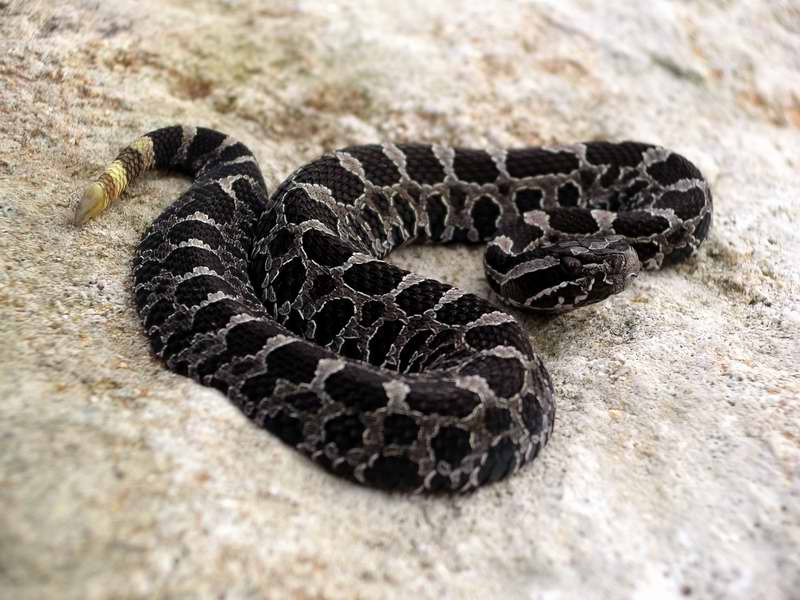 |
| Massasauga Rattlesnake, neonate or baby, with single button |
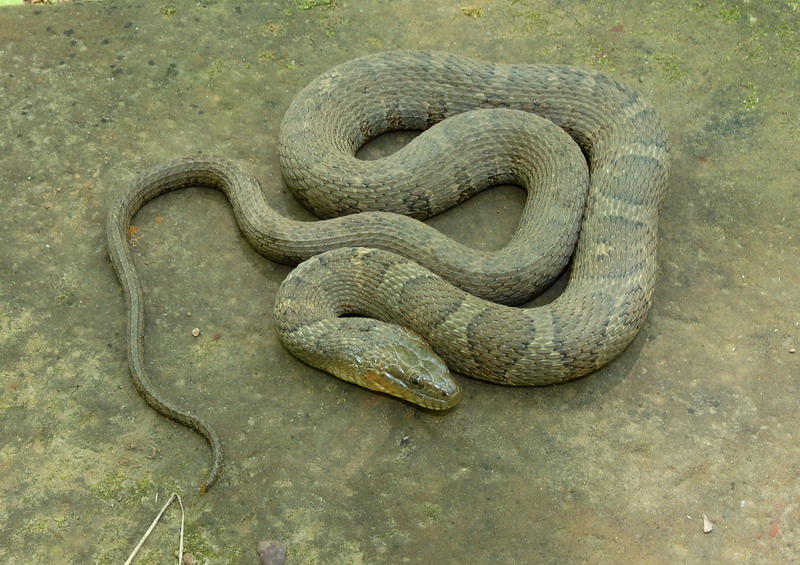 |
| Northern Watersnake with a fairly triangular head |
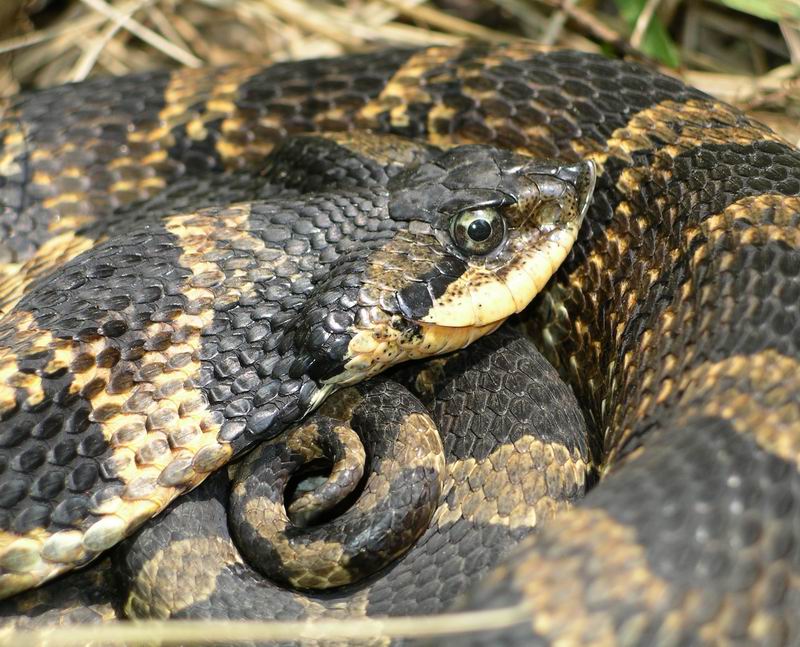 |
| Eastern Hognose Snake showing a triangular head |
Now, you are probably reading this and saying "BuckeyeHerper, you are crazy if I am ever going to be close enough to a snake to look it in the eye, or lift it's tail to check the butt." I agree completely, but I do not feel this is a reason to kill the snake. If you aren't sure, just keep a safe distance and leave the snake alone. Luckily snakes are not as aggressive as people typically think they are. They will run more often than not. If they do happen to stand their ground, you can very easily walk away or around them without any worry. If you are comfortable, everyone has a digital camera or cell phone these days, and it is easy to take a quick picture from a safe distance. You can then compare your picture with pictures on this and other websites, or email it to me or others for assistance.
Again, if you aren't sure, just keep your distance. These snakes are very rarely encountered, and chances are you have just found one of the more common nonvenomous snakes. Despite what you might have heard,Michigan also does not have any cottonmouth, water moccasins or copperheads.
If you have any further questions, or want to share pictures or stories, please feel free to leave a comment below or email me at foltjr AT gmail.com .



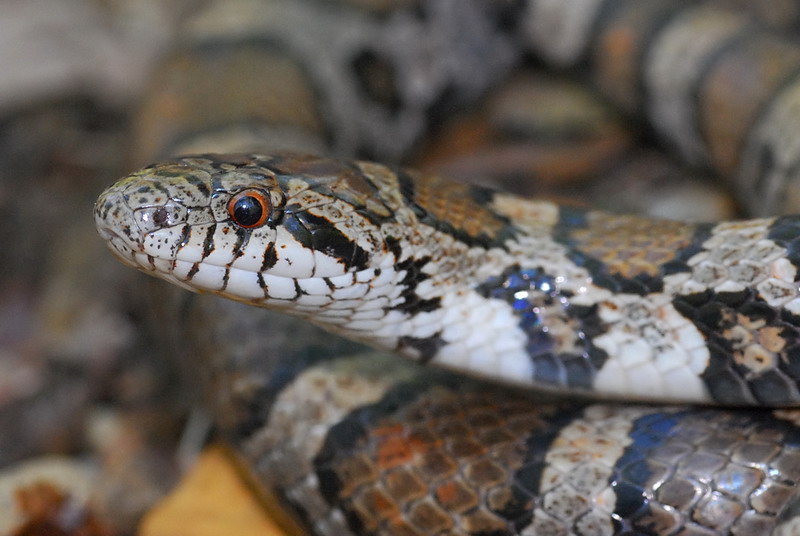

This is an awesome post! Loved it. We still need to find the bulk of the snakes. This past summer we saw all the garters, a dead red bellied, water snakes and a tiny Eastern fox snake. We've to a ways to go to see them all!
ReplyDeleteCindi
Cindi - Best of luck in your searches! I still have a few MI snakes to see myself. Some of them I have seen in other states, like the green snake, but I still need to see a western fox snake for example.
ReplyDeletehey my grandma has/or what she thinks is a Massasauga Rattlesnake or something else that is venomous.
ReplyDeleteIf there is any question, she should just leave it alone. If she has a picture that is taken from a safe distance, you can email it to me here at foltjr AT gmail.com as mentioned above in the post.
DeleteI think I saw a water snake on a dirt road today!
ReplyDeleteThanks for this post. Is there something similar for OH snakes? We ran across a 5' black snake sunning himself today while hiking Blackhand Gorge.
ReplyDeleteGreg - Could have been a black rat snake or a black racer. I do have a similar Ohio post as well though.
ReplyDeletehttp://buckeyeherps.blogspot.com/2011/09/ohio-snake-identification-venomous-or.html
I found a venomous snake today here in northern Michigan over by manton. It had a triangle shaped head puffed it's self out with black on it's side NEAR THE HEAD ONLY. Then had a blue tinted body. I did pin him and catch the snake! Very cool then threw him in the swamp a little bit away from my house. He is known as the hog nose snake and yes is rear fanged. opened his mouth and seen it. So there are two different types of snakes to be careful about!!!!! but yet again he was very non aggressive not difficult to just pick up ha ha. If you are not afraid of the animal I think the animal is not afraid of you!
ReplyDeleteWe have a house in a swampy area of Raisin Twp., Lenawee Co. MI., Have never gotten a definitive identification on a tree and bush climbing snake. Coloration, and true wedge shape head like a massasauga (not hog-nosed) but has round pupils .I was startled by my 1st sighting near my hand of one in the dampish natural habitat on a small limb about 4 foot up. I retreated. Saw them in the yard only a few times but a year or so later I started to clip a privet hedge bush out by the mailbox and discovered one which must have been sunning itself near the top. I caught him in a large garbage can (that's how I knew that one had round pupils) but couldn't find anyone knowledgeable to look at him and turned him loose that evening I just learned about pits, underbelly differences, and that non-venomous snakes don't have teeth/fangs from your blog so did not check those. Their necks are smaller than the body, The tail of the one I caught was shorter & stubbier than a northern brown and looked like it had a couple rattles (but perhaps it had been injured?).
ReplyDeletePerhaps 20 years ago I found a 6 ft long road kill rattlesnake near our previous house in Raisin Twp. About the same year a man who also lived near the Raisin River had killed a similar snake which Adrian College identified as a timber rattlesnake. Massasauga's were not in short supply around there either. One of our horses and a dog were bit (both lived) and neighbors nearer the river collected rattles from the ones they killed in the yard where the children played.
My mother's sister died a from a rattlesnake bite in 1915 in Barry Co., MI (It was also a large snake. She was with her siblings who were working in their garden near a wooded swamp. Her brother killed it. The doctor was called but couldn't save her) Her death certificate http://seekingmichigan.contentdm.oclc.org/cdm/singleitem/collection/p129401coll7/id/246339/rec/1
Gorgeous crotalids, they remind me a lot of the pygmys we have down here in the South.
ReplyDeleteGreat share, thanks for posting
ReplyDelete